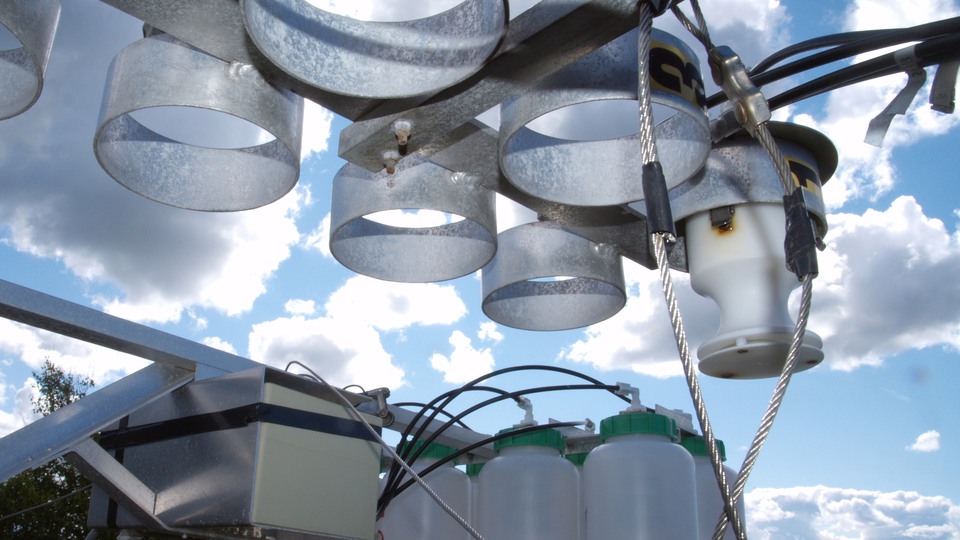
Monitoring of air and precipitation
The monitoring of air pollutants is long-term. To be able to see if a change is caused by human influence or due to natural variation, measurements are needed over long periods of time. IVL has been monitoring certain air pollutants for over 35 years.
For most of the air pollutants monitored within the national environmental monitoring, since the measurements started between 15 and 35 years ago, there has generally been a significant improvement regarding both concentrations in air and deposition in the background environment.
EU Member States have also jointly agreed on so-called environmental quality standards for outdoor air. IVL's air measurements check, among other things, that the air meets these environmental quality standards.
We offer custom-made solutions for air monitoring. We make both real-time measurements and long-term measurements and we develop simple and robust measurement methods for strategic air quality monitoring.
We work with:
National air surveillance
National monitoring of air is ongoing in several areas, including EMEP, the Air and Precipitation Chemical Network, metals in air and precipitation. Read more here
Diffusion sampling
Ground-level ozone is formed from chemical reactions between nitrogen oxides and volatile organic hydrocarbon compounds under the influence of the sun. Because high levels of ground-level ozone affect human health, IVL measures ozone levels across the country hour by hour. Read more about diffusion sampling
The urban metering network
The same winter as the first catalytic converter cars began to roll on the roads, IVL began a collaboration with Sweden's municipalities to monitor air quality in the Swedish urban areas in the long term. Read more about the urban metering network
The crown drop network
For over 35 years, researchers within the regional environmental monitoring network Krondroppsnätet have followed the development of sulfur and nitrogen deposition and its impact on groundwater quality in Sweden. Read more about the crown drop network
Ozone Duty
Ground-level ozone is formed from chemical reactions between nitrogen oxides and volatile organic hydrocarbon compounds under the influence of the sun. Because high levels of ground-level ozone affect human health, IVL measures ozone levels across the country hour by hour. More about the ozone duty can be found here
Metals in moss
The moss surveys have clearly been able to show changes in precipitation through emission control measures and varying industrial activity. During the last 3 years, between 1975 and 2010, the metal content in mosses throughout Sweden has decreased significantly for all investigated metals by between 47 percent and almost 100 percent. Read more about metals in moss
